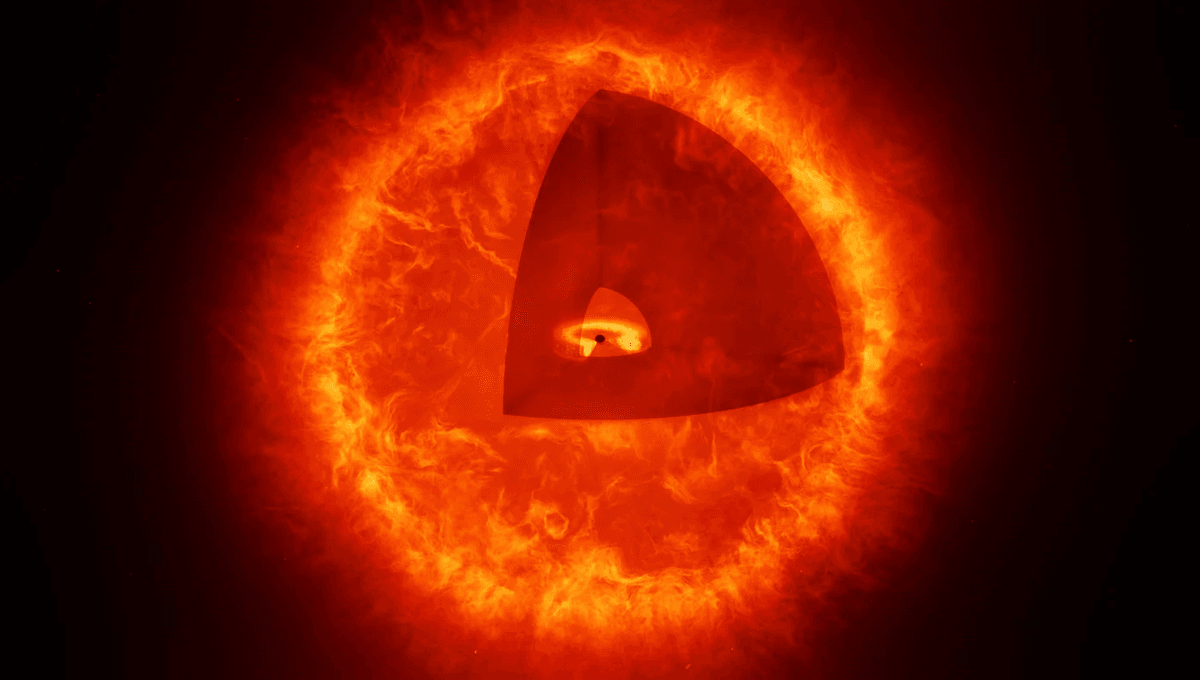
From the early days of JWST’s scientific observations of the distant universe, scientists started noticing a population of curious objects. They are very red, extremely compact, and there are a lot of them. They were nicknamed “Little Red Dots,” and they are so distant that their light had to travel for at least 12 billion years to reach us. Their nature is a mystery, and a new proposal suggests a new object dubbed a “black hole star”.
The rest of this article is behind a paywall. Please sign in or subscribe to access the full content.
The leading explanation is that they are compact young galaxies, with an incredible density of stars and shrouded in dust. That scenario requires a star-formation rate so high that it challenges every model. An alternative would be extremely active supermassive black holes, also shrouded by copious dust. This scenario is also challenging because you would need an enormous black hole to form extremely quickly.
The latter scenario has found some confirmation recently, with the confirmation of the most distant black hole; still, there is one extreme Little Red Dot that defies all explanations. It’s called The Cliff.
The name of the objects comes from a feature in their light spectrum called a Balmer Break, as there is a literal jump in the brightness of their emission due to the electrons in hydrogen being ionized from the second energy level. This is seen in some galaxies that are forming no new stars or in a single very young and very hot star. Surprisingly, The Cliff looks more like a single star than a whole galaxy.
“The extreme properties of The Cliff forced us to go back to the drawing board, and come up with entirely new models,” lead author Dr Anna de Graaff, from the Max Planck Institute for Astronomy, said in a statement.
That’s where the black hole star comes in. That is not really a star, but a supermassive black hole wrapped around a thick layer of violently swirling hydrogen. There is no nuclear fusion, but the hydrogen layer would be shining in a similar way due to the energy happening in the accretion disk surrounding the black hole.
This model could explain what is being seen in The Cliff and also explain how supermassive black holes got so big so quickly. While extremely intriguing, there are many open questions, particularly related to the formation of such an object and its stability.
JWST is planning to study several Little Red Dots, including The Cliff, again next year. These follow-up observations might shed some light on their origin.
The study is published in Astronomy & Astrophysics.
Source Link: “Black Hole Stars” Might Solve Unexplained JWST Discovery